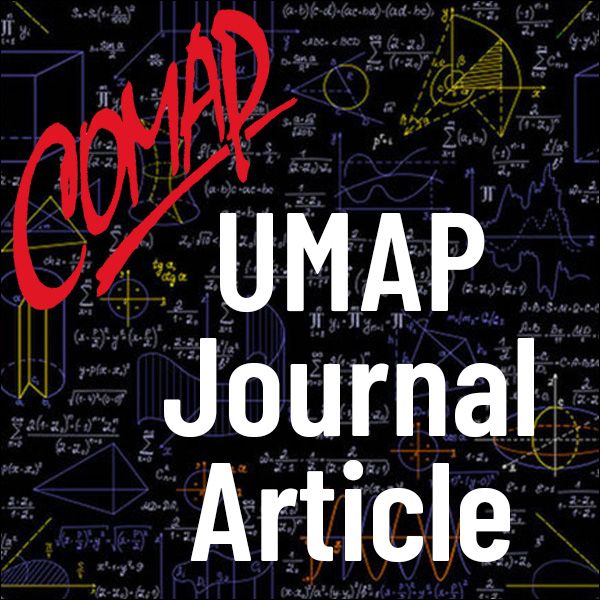Some Limitations of Financial Models
Author: Ben Duklewski, Veera Holdai, Barbara Wainwright
Abstract
This paper is motivated by the essays of N.N. Taleb [2001; 2007; 2008] on randomness in the real world. In particular, we are interested in the "rare" event, one residing in the tail of some distribution. We begin with Taleb's mythical provinces of Mediocristan (where thintailed models of randomness such as the normal distribution are reliable) and Extremistan (where thick-tailed models such as the Pareto distributions reside). Taleb asserts that some data from the social world (economic, financial, and the Internet) are from Extremistan; for example, models based on thick-tailed distributions are useful in explaining the "winner-take-all" effect in the 21st century global economy.
For a mirrored Pareto distribution and for a Cauchy distribution closely matched with the standard normal distribution, we compare the probabilities of rare events to illustrate that an incorrect model can severely underestimate the likelihood of extreme outcomes.
We turn to the asset-pricing model based on the thin-tailed lognormal distribution and argue that its tails are too thin to explain certain historical events. We introduce a thick-tailed variation on returns in the lognormal distribution to illustrate Taleb's assertion that put options considerably out of the money are underpriced byWall Street.
As a cautionary note, however, we show that asset pricing with a thicktailed return model cannot result in an arbitrage-free world.

Mathematics Topics:
Application Areas:
You must have a Full Membership to download this resource.
If you're already a member, login here.